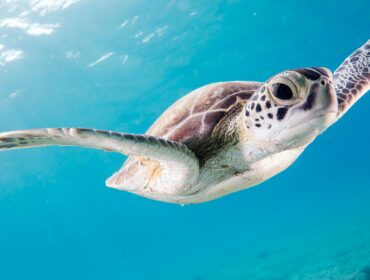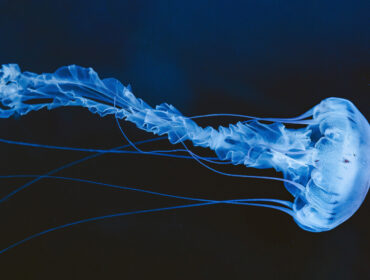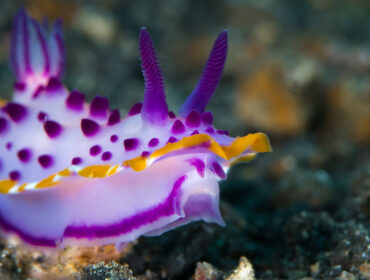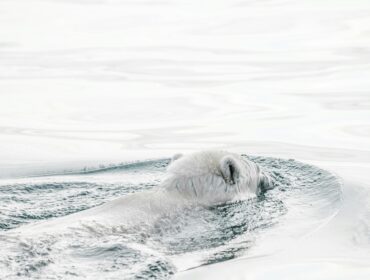When you think of the fact that scientists estimate that just half of one percent of the reachable ocean depths have been explored — excluding the deepest recesses of the sea — how can you not do cartwheels every time a new marine creature is discovered? People tend to focus on finding new life forms in the outer reaches of the universe, but think of all the life forms we’ve yet to discover right here on this very planet! We don’t know about you, but here at Aquaviews, we get pretty excited about such things. Which is why we were glued to our laptop screens when we came across the discovery of the latest deep sea creature: Chondrocladia lyra, or the carnivorous harp sponge.
First discovered in 2000 by researchers from the Monterey Bay Aquarium Research Institute (MBARI), this fascinating creature was recorded at depths of 10,800 to 11,500 feet below the surface off the coast of California. Considering that carnivorous sponges have only become known to science in the last two decades, to come across a specimen so unique and ingenious as the harp sponge must have been quite a thrill! Most sea sponges are filter feeders, fixed in one location on a surface and passively catching what drifts by in the water column, but carnivorous sponges actively catch and digest their prey.
The harp sponge is comprised of one to six horizontal branches, each with a series of vertical poles that reach the end of the branch, which resembles the instrument from which it takes its name. Each pole is covered in barbed hooks, which are responsible for capturing live prey, like small crustaceans, as they near the sponge. A membrane then envelops the prey and digests it. At the tip of each pole is a small sphere, which contains the necessary components for reproduction, while the entire organism is anchored into the seabed with a set of root-like structures.
After their initial discovery, scientists sent ROVs back to the location of the harp sponge and collected two samples, as well as filmed several others to begin studying this strange new species. They hypothesize that the symmetrical composition of the harp sponge is an adaptation to help it maximize its feeding potential in the deep sea environment, where food sources can be hard to come by. Check out this incredible video captured by MBARI on its reconnaissance mission of the carnivorous harp sponge.




